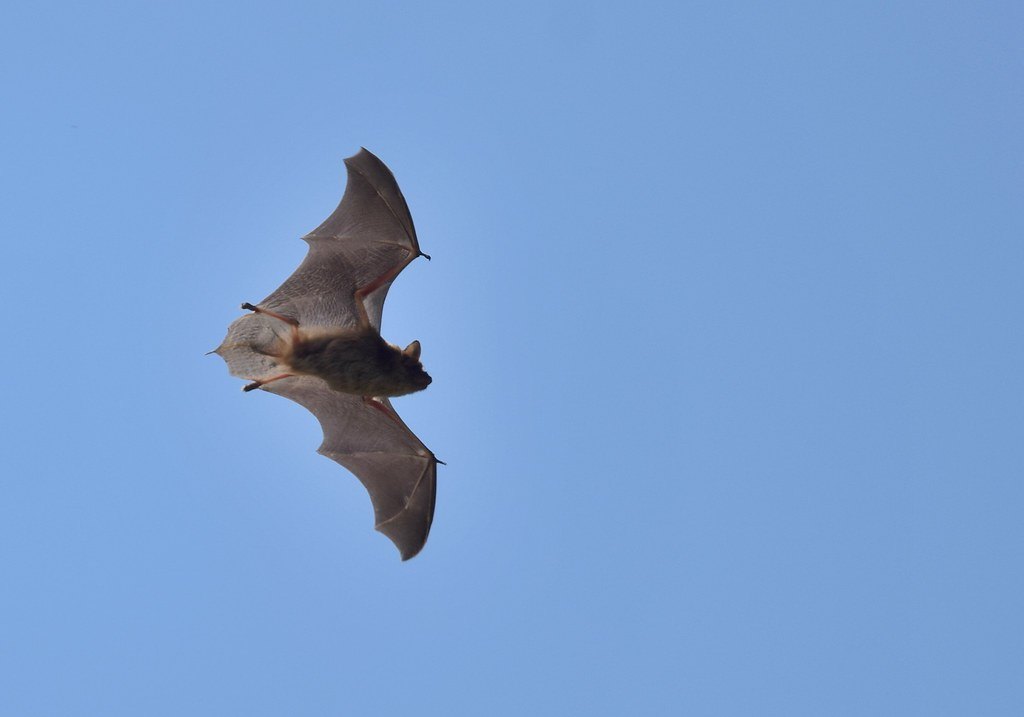This site uses cookies – Learn more.
Tracking Bats in Madison Square Park
Tracking Bats in Madison Square Park

While several bat species have been observed in New York City, identifying which species have passed through the park can be difficult due to the fact that bats are small, fast, and most active at night. Bat activity can also fluctuate significantly depending on weather and insect availability.
However, because bats navigate through a process called echolocation, which involves emitting soundwaves, we can identify species using their unique vocalizations. Using an ultrasonic recorder installed in the park, we have been able to capture and share audio footage with local experts, who have help us identify four species of bats in Madison Square Park this year:
Silver Haired Bats
- Silver-haired bats are migratory and present in New York from approximately May-August with migrants passing through in April-May and August-September.
- After mating, they hibernate alone in tree cavities, bark crevices on tree trunks, beneath leaf litter, or in the twilight zone of caves.
- Their unique coloration makes them blend in with their roosting environment.
Eastern Red Bats
- Eastern red bats are the most common bat in the park and across NYC.
- These bats are present year-round, but typically peak during the migration season, which begins in mid-to-late July.
- Eastern red bats are insectivorous, preying heavily on moths, with other insect taxa also consumed.
- Both migrating eastern red bats and summer residents were likely recorded in the park this year. For residents, Madison Square Park has a variety of tree species and plenty of insects that they can eat all summer long.
Big Brown Bats
- Instead of migrating, big brown bats hibernate, typically roosting in buildings or bat boxes during the summer months and migrating to caves for the winter.
- These bats are insectivorous. They prefer eating beetles over other insects, using their powerful jaws to chew through the beetles’ hard exoskeletons. They will also eat other flying insects including moths, flies, wasps, and flying ants, all of which they capture while in flight.
- Big brown bats are reported to be one of the fastest bats reaching speeds of up to 40 mph.
Hoary Bat
- The hoary bat is the largest bat species in the region.
- A single hoary bat detected in the Park was recorded on July 10th at 9:10 PM, and was likely just passing through.
- They frequently eat large moths, but also take other insects such as grasshoppers, wasps, mosquitoes, dragonflies, and beetles.
- The body of hoary bats is about the size of a fat mouse.
- Hoary bats are thought to prefer trees at the edge of clearings, but have been found in trees in heavy forests, open wooded glades, and shade trees along urban streets and in city parks.
Bats are important parts of our ecosystems, and help control the insect population, so we are thrilled to know that these species have spent time in the park this year. We look forward to continuing to track their activity and create a healthy environment for them to visit in the years to come.
For the full report, click here.



